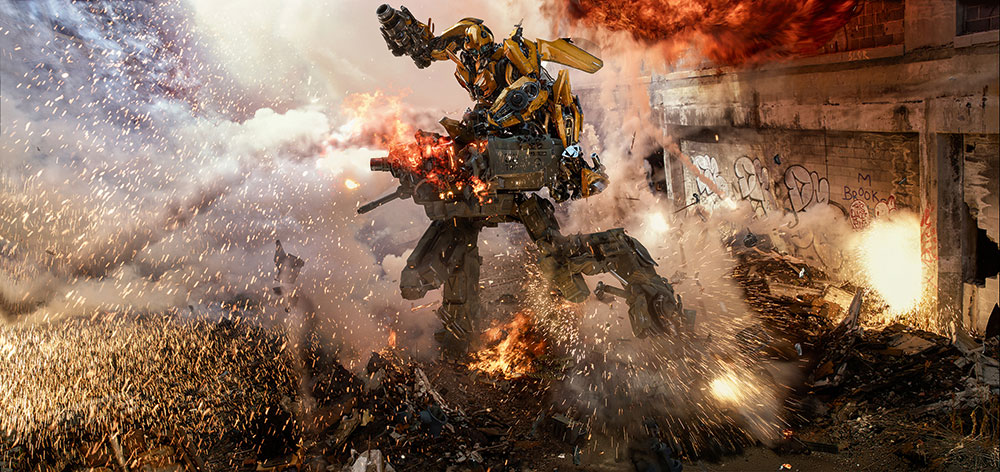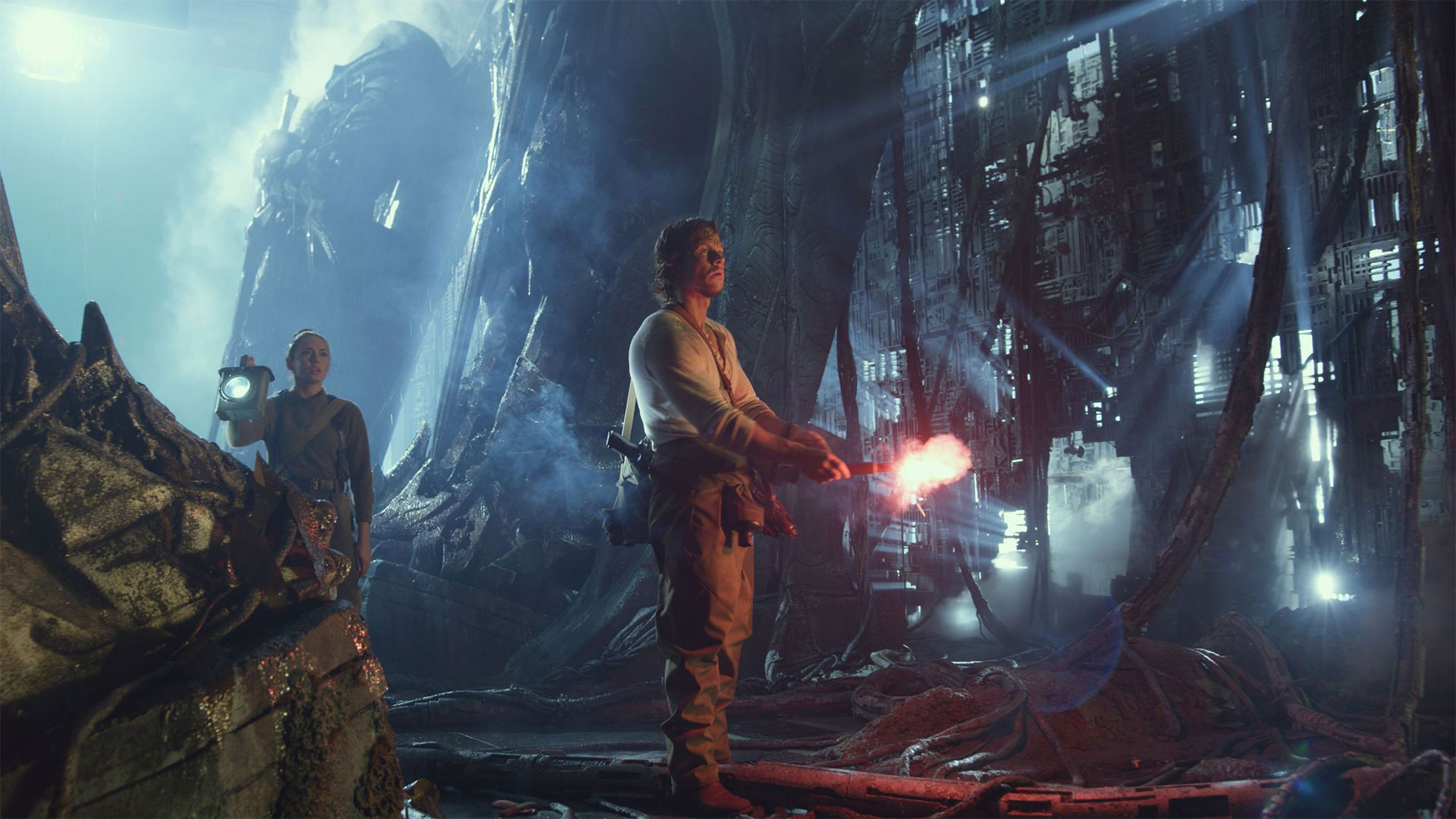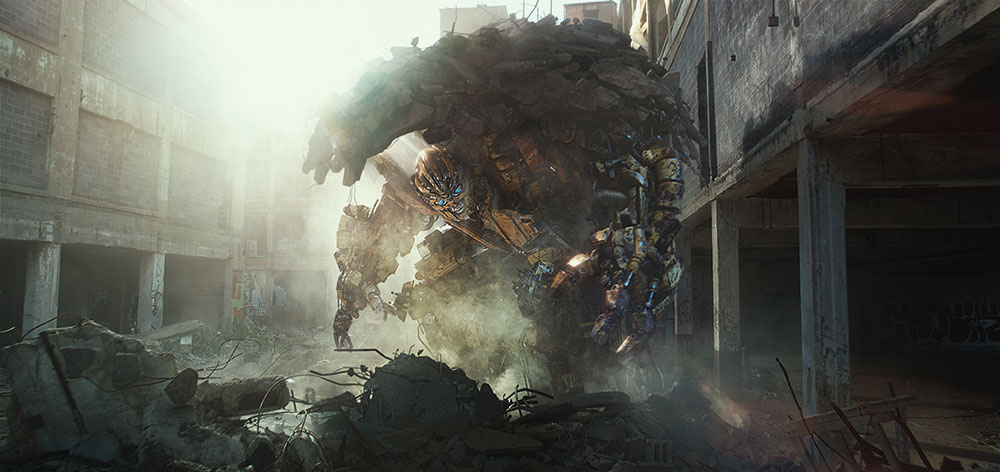Behind the scenes on Transformers VFX
ILM's VFX supervisors share how they created the Transformers' home planet for The Last Knight.
Michael Bay's latest Transformers movie, The Last Knight, takes place mainly on Earth. However, the planetary home of the Transformers, known as Cybertron, also makes an appearance, and it was down to the team at ILM to bring it to life on screen. So how did they do it?
"Cybertron is in many shots and was dauntingly complex," states ILM associate VFX supervisor David Fogler, who oversaw the development of the world-building. "Cybertron as a basic concept was a challenge. What it should look like? How should it behave? We spent a year and a half figuring out what it should look like and that's not an exaggeration."

Numerous concept designs were developed by production designer Jeffrey Beecroft and ILM art director Ryan Church. "Michael Bay chose a few of those concepts that were his favourites," explains ILM visual effects supervisor Jason Smith.

"Once we had those key pieces of art, David Fogler, Scott Farrar and I boiled them down to key elements that were built into the model that we could then vary, duplicate and reuse. At the end of the day, that model is of a planet broken up into chunks and each chunk is hundreds of thousands of parts. It's more complicated in terms of the number of parts and geometry than most of the robots."

"Just coming up with a way to handle that complexity was a huge challenge for our pipeline," says Smith. "Then there was dealing with it crashing into the moon. The simulation team here is used to dealing with buildings being crushed, or fire or smoke. But when something of that scale crashes into the moon causing destruction, you have to handle all of those elements in one shot because parts of the Moon will liquify, break as solid rock, and become dust.
"Those shots were a large challenge for the simulation team because of the heaviness of the model, the complexity of what those shapes are, and then the fact that all of those simulations have to work together."
This article originally appeared in 3D World issue 223. Buy it here!
Get the Creative Bloq Newsletter
Daily design news, reviews, how-tos and more, as picked by the editors.
Related articles:

Thank you for reading 5 articles this month* Join now for unlimited access
Enjoy your first month for just £1 / $1 / €1
*Read 5 free articles per month without a subscription

Join now for unlimited access
Try first month for just £1 / $1 / €1

Trevor Hogg is a freelance video editor and journalist, who has written for a number of titles including 3D World, VFX Voice, Animation Magazine and British Cinematographer. An expert in visual effects, he regularly goes behind the scenes of the latest Hollywood blockbusters to reveal how they are put together.
